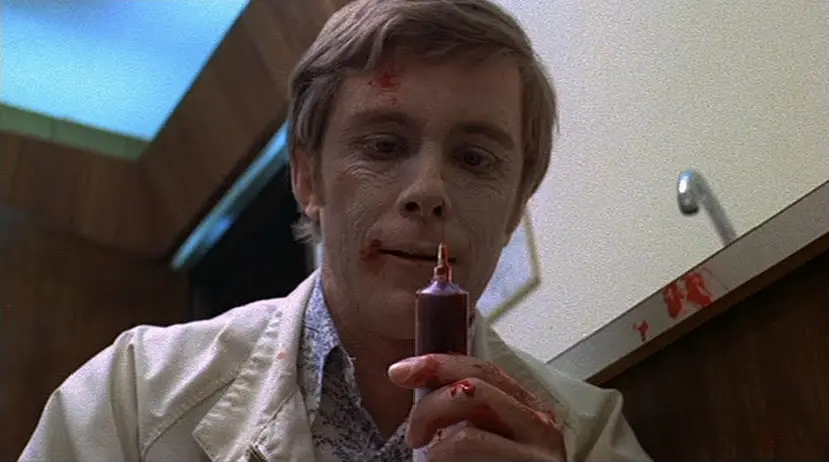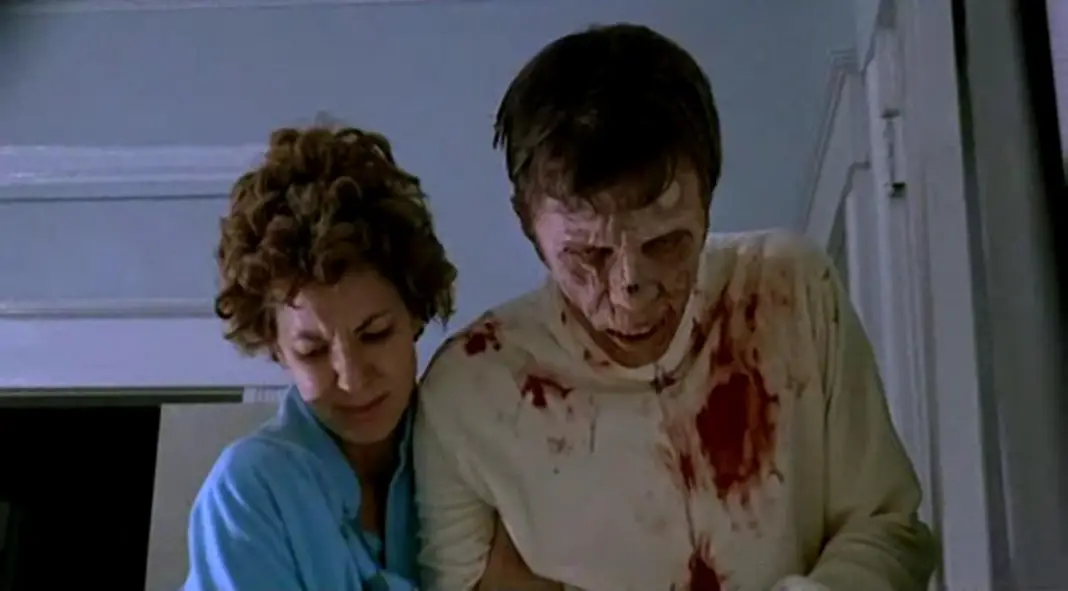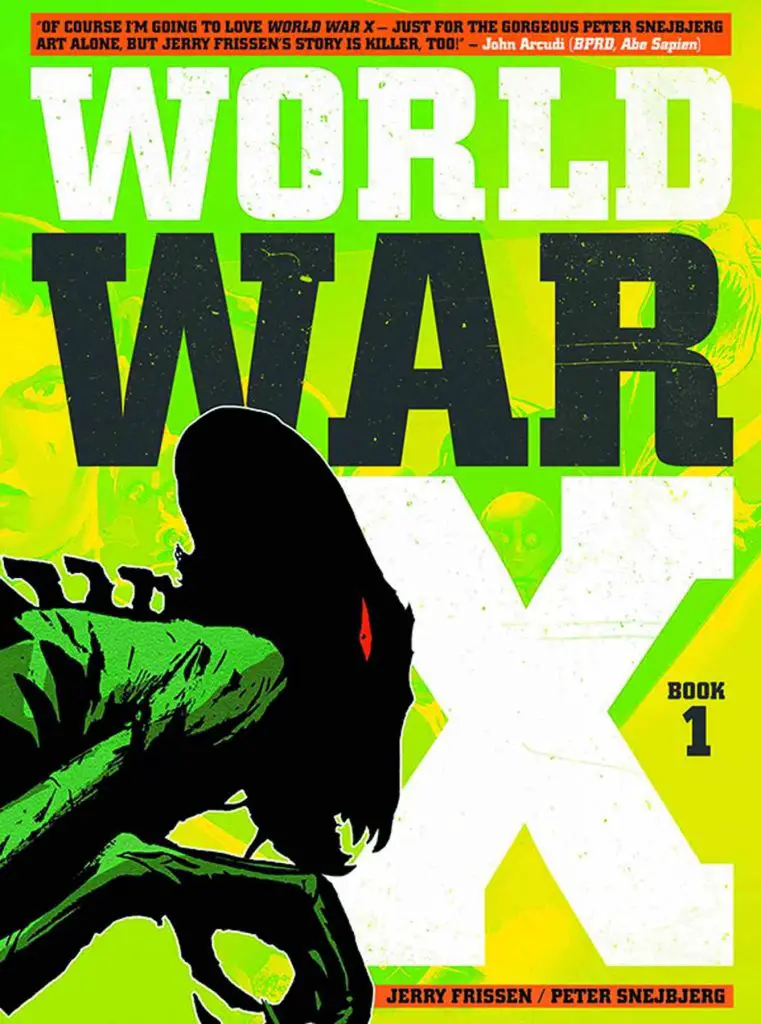Most people have probably heard the tale of “The Monkey’s Paw” in one form or another. The 1902 short story by W. W. Jacobs revolves around a mysterious monkey’s paw with the ability to grant three wishes. But with each granted wish comes an unforeseen — and often deadly — price. After their first wish causes the death of their son, a grieving husband and wife wish for his return. Soon after, they hear a knock at the front door. Fearful of how his reanimated son will look, the husband ultimately uses the final wish to send him back to the grave. It is a classic tale of “be careful what you wish for.”
Over the years there have been numerous adaptations and reworks of “The Monkey’s Paw,” with one of the most evocative and original of these being Bob Clark’s Deathdream (aka Dead of Night). Released in 1974, the film takes the same basic premise of a dead son returning home but adds social commentary on the Vietnam War. The film opens with Andy (Richard Backus), a 21-year-old soldier, being shot and killed while on active duty. Back in the U.S., his parents (John Marley, Lynn Carlin) and sister, Cathy (Anya Ormsby), receive the news of his passing. Distraught and in denial, the mother wishes and prays for her son’s return. And in the dead of night, Andy inexplicably comes home — though he is not like himself.

Deathdream doubles as a zombie flick and a drama, exposing the psychological consequences of war. Upon returning home, Andy is surrounded by people who are not only unaware he is a zombie, but also ignorant to the extent of his trauma. His undead nature appears to be symbolic of the depression, PTSD and substance abuse commonly known to afflict combat veterans. Now expressionless and withdrawn, Andy spends most of his time sitting around the house.
In a seemingly PTSD-related outburst, Andy strangles the family dog in front of the neighbor kids, which prompts his father to enlist the help of a doctor. Unlike other zombie movies, Andy’s thirst for blood is portrayed in a similar fashion to that of drug addiction. After murdering the doctor, he uses a syringe to extract the man’s blood and inject it into his own arm. In addition to slowing down the decaying process, the blood appears to give him euphoric pleasure.

Throughout the film, tensions arise between the mother, Christine, and the father, Charles, as they struggle to deal with their changed son. While Charles becomes hostile toward Andy and suspects his involvement in recent murders, Christine continues to protect and defend him. Slowly but surely the family is torn apart. In an attempt to re-socialize her brother, Cathy sets Andy up on a double date that ends in bloodshed and terror. Near the end of the film, Charles commits suicide shortly after seeing his decomposing son. Unaffected by his grotesque appearance, Christine helps Andy by driving him to the cemetery. In the closing scene, he lies lifeless in a shallow grave, over which his mother says mournfully, “Andy’s home. Some boys never come home” — a final line that drives home the anti-war sentiment of the film.
Despite being made in 1972, the themes in Deathdream still resonate today. Not only is it a chilling and atmospheric horror film, but it is also a sad and effective commentary on the psychological toll of war and its impact on the family unit.







